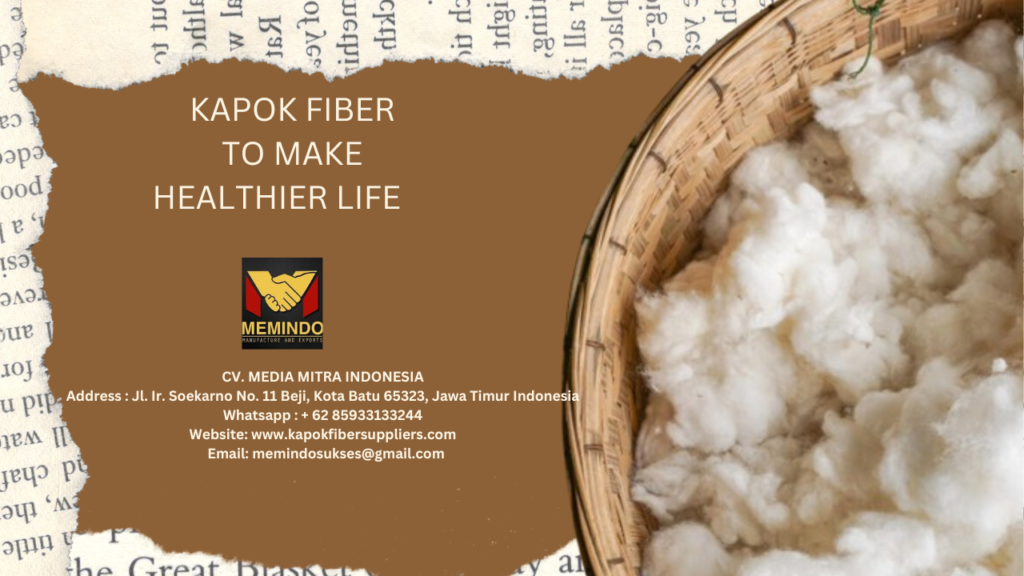Using kapok fiber to protect nature is an excellent example of how sustainable materials can contribute to environmental conservation. Here are several ways in which kapok fiber supports ecological well-being:

1. Sustainable Harvesting
– Renewable Resource: Kapok fiber is harvested from the seed pods of the kapok tree, which does not require cutting down the tree. The fiber is collected when the pods naturally fall to the ground.
– Low Impact: This method of harvesting has minimal impact on the environment compared to other industries that may involve deforestation or habitat destruction.
2. Supporting Biodiversity
– Rainforest Conservation: Kapok trees are native to tropical rainforests, which are critical ecosystems for biodiversity. By promoting the use of kapok fiber, there is an incentive to protect these rainforests and their diverse species.
– Ecosystem Balance: Kapok trees support a range of wildlife, including birds, insects, and mammals. Preserving these trees helps maintain the ecological balance of the rainforest.
3. Reduction of Synthetic Materials
– Biodegradability: Kapok fiber is biodegradable and compostable. Unlike synthetic materials that can persist in the environment for hundreds of years, kapok will naturally decompose, reducing waste and environmental pollution.
– Less Plastic Use: Using kapok fiber in products like cushions, pillows, and mattresses can reduce the need for synthetic, petroleum-based alternatives, which contribute to plastic pollution.
4. Natural Insulation
– Energy Efficiency: Kapok’s insulating properties can improve energy efficiency in homes and buildings. Better insulation can lead to reduced energy consumption for heating and cooling, thereby decreasing carbon emissions.
– Eco-Friendly Alternatives: Kapok can be used as an eco-friendly alternative to synthetic insulation materials, which are often made from non-renewable resources and can emit harmful chemicals.
5. Economic Benefits for Local Communities
– Sustainable Livelihoods: The cultivation and harvesting of kapok can provide income for local communities in tropical regions. By supporting sustainable kapok production, these communities can benefit economically while maintaining their environmental practices.
– Encouraging Conservation: Economic incentives from kapok production can promote the conservation of tropical forests, as local communities are motivated to protect the environment for continued economic gain.
6. Educational and Awareness Opportunities
– Promoting Awareness: Using kapok fiber in consumer products can raise awareness about sustainable materials and environmental conservation. It serves as a tangible example of how natural resources can be utilized responsibly.
– Inspiring Change: By highlighting the benefits of kapok fiber, consumers and businesses can be inspired to make more eco-friendly choices and advocate for sustainable practices.
Conclusion
Kapok fiber offers a range of benefits that align with environmental protection and sustainability goals. By incorporating kapok into products and supporting its sustainable use, we contribute to the preservation of tropical rainforests, reduce reliance on synthetic materials, and promote ecological balance. As a natural and renewable resource, kapok plays a valuable role in protecting nature and fostering a more sustainable future.
CV. MEDIA MITRA INDONESIA
Address : Jl. Ir. Soekarno No. 11 Beji, Kota Batu 65323, Jawa Timur Indonesia
Whatsapp : + 62 85933133244
Website: www.kapokfibersuppliers.com
Email: memindosukses@gmail.com
Source by : Zulfan Arya Nurdiansyah
